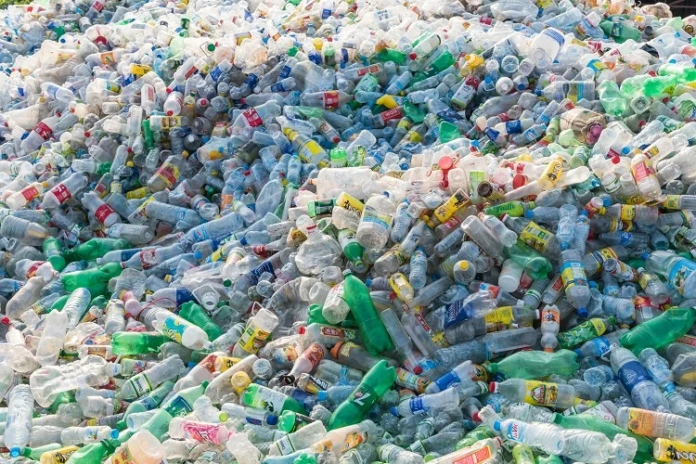By Emma Wu
Plastic is one of the most widely used materials on the planet. It is light, convenient, durable, and has many different adaptations for many different uses. However, due to those very reasons, plastic waste also accumulates. It is easy to throw out, but won’t decompose because of its durability. However, on top of these issues, plastic also requires fossil fuels as a component of plastic. The use of fossil fuels releases great amounts of carbon dioxide into the air, thus contributing to global warming. This is a disaster for our planet, and one that continues to compound.
However, there has recently been an advancement in the scientific field regarding the engineering of plastics. There are now ways to use carbon dioxide as a plastic component, in place of the fossil fuels currently being used. To create plastic, fossil fuels are first processed and developed into a substance called crude oil. Crude oil is then distilled and separated into many different factions, each faction being used for different types of plastics. In addition to crude oil, fossil fuels are also used to power the machinery that is used to create plastics. Through the processes of extraction, transport, and manufacturing, fossil fuels emit carbon dioxide in vast amounts. With such an increased amount of CO2 in the air, this greenhouse gas continues to linger in the air and increase global temperatures. Therefore, by utilizing CO2 in plastics, this will both help decrease the amount of fossil fuels being used significantly and take existing surplus amounts of CO2 out of the air, thus hitting two birds with one stone.
How will this work? CO2 is a very stable molecule with extremely strong bonds. Therefore, it requires a lot of energy to break the bonds in order to separate the carbon and oxygen to be used in manufacturing processes. One way researchers are turning carbon dioxide into useful materials is through the use of microbes. Some of Earth’s oldest living microbes existed at a time when Earth’s atmosphere was extremely rich in CO2. Therefore, these microbes have metabolic pathways that can utilize CO2 and turn it into organic molecules. One such example was a company named LanzaTech that utilized bacteria to turn CO2 into industrialized fuels. They found that this bacterium could metabolize CO2 into ethanol along with other fuels, such as acetone and isopropanol. This decreases greenhouse gas emissions by nearly 80%. These fuels can go through a couple more steps in a manufacturing process to become plastic, polyester, and many more items. Thus, these processes are allowing more environmentally friendly developments of many materials.
Of course, these processes still require much more refining. There are still many other ways and undeveloped methods to create more environmentally friendly products and processes of manufacturing those products. However, by finding new ways to reduce our footprint of pollution on the world, we will be able to ensure that the beautiful world we know today will be there for future generations.










